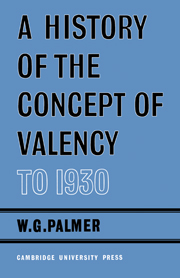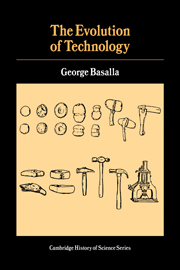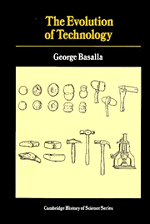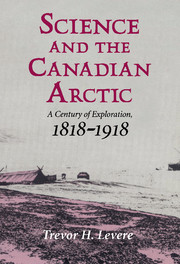A History of the Concept of Valency to 1930
The development of the concept of valency has provided one of the major unifying contributions to the growth of chemistry as a science. The study of its history is therefore of the greatest interest to all chemists and historians of chemistry. After 1930, wave mechanics provided a firm theoretical basis for the arbitrary postulates on which conceptions of atomic structure previously rested and this account, which was originally published in 1965, does not go beyond that point. Dr Palmer preserves the historical outlook of the different chronological stages by including extracts from the publications of the most influential scientists, in the nomenclature and terminology of their time; quotations from German are however accompanied by an English translation. Biographical notes and references help to bring alive the personalities of the scientists and to increase the appeal of the book to those who are not professional chemists or historians of science.j
Product details
June 2010Paperback
9780521148146
188 pages
229 × 152 × 14 mm
0.45kg
Available
Table of Contents
- Preface
- List of abbreviated titles
- Introduction
- 1. Dalton and Wollaston: early notions of chemical combination
- 2. Berzelius: the dualistic theory
- 3. Frankland, Couper and Kekulé: valency as an explicit doctrine
- 4. Newlands, Mendeleef and L. Meyer: the incorporation of valency in a chemical system
- 5. Pasteur, Le Bel and Van't Hoff: valency as a directional property
- 6. Arrhenius: ions and the concept of electrovalency
- 7. Werner: a new type of valency
- 8. Valency in the twentieth century
- Conclusion
- Appendix
- Index.








